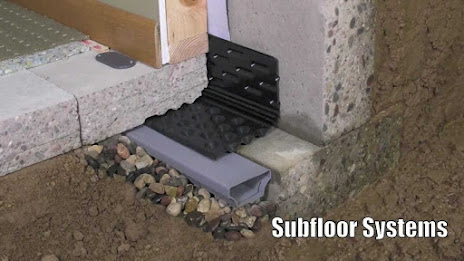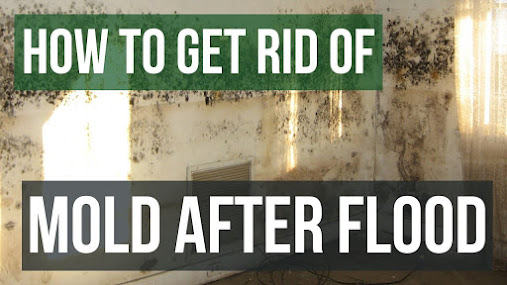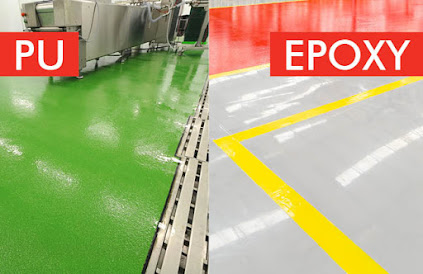Stainless steel water tank – 304 vs. 316 Grade: Importance and Differentiation
All steel has similar essential components that are Iron and carbon. 304 stainless steel belongs to the people of 18-8. That means chromium is concerning 18% and Nickel is concerning 8% in attendance in this steel. It is the most normally used steel, and it is economical too.
Physical properties
of 304 stainless steel:
· Density- 8.00g/cm3
· Melting point- 1450 Celsius
· Modulus of elasticity- 193Gpa
· Electrical resistivity- 0.72 ×10-6 Ω.m
· Thermal conductivity- 16.2 W/m.K(Room temp.)
· Thermal expansion- 17.2×10-6 /K (Room temp.)
Mechanical properties
of 304 stainless steel having a thickness 8 mm sheet.
· Tensile strength:
· 540-750 Mpa
· Proof stress: 230 Mpa (min.)
· Elongation: 45% (min)
304 vs 316 Stainless Steel Properties
304 Type stainless steel
It is the most used austenitic stainless steel insulated water tank. This steel has good forming and welding properties and also high corrosion resistance and strength.
It is mostly used in milk processing and wine-making. It is also used in many sectors such as pipelines, yeast pans, fermentation vest, and storage tank.
High corrosion resistance and strength are used in sinks, tabletops, coffee pots, refrigerators, and utensils.
It is a very less reactive metal, so it is also used in chemical industries and even Marine nut, bolts, and the screw.
304L Type stainless steel
304L type stainless steel contains very less amount of carbon as compared to 304 stainless steel water tank for sale. The carbon percentage is about 0.03%. It includes a very less amount of carbon, so it minimizes deleterious and harmful carbide precipitation during welding.
So it is used in beer-brewing and construction work. It is also used in wine-making, Food Industry, chemical containers, and the mining sector.
316 stainless steel
316 stainless steel differs from 304 stainless steel because it contains 3% molybdenum. This corrosion resistance increases, and many other properties improve, such as resistance in pitting in chloride ion solution and increasing strength at high temperature.
316 Stainless Steel Tensile strength
(Ultimate): 580 Mpa(Max.)
· Tensile strength (Yield): 290 Mpa(Max.)
· Elongation: 50%
· Modulus of elasticity: 193 GPa
· Charpy Impact: 105J (Max.)
· Izod Impact: 129J (Max.)
Electrical Properties:
· Electrical resistivity:
· 7.4e-005 ohm-cm
· Magnetic Permeability: 1.008
316L type stainless steel
316L type stainless steel water tanks manufacturers contain a very low amount of carbon, so it minimizes deleterious carbide precipitate at the time of welding. It has the carbon of about 0.03%.
316L SS has used enough projects where a lot of welding required. It is an excellent steel for high temperature and high corrosion uses; that’s why it is used to construct marine projects.
You have to pay an extra cost if you use 316 or 316L stainless steel water tanks for homes. If you have a low budget, then go with 304 and 304L steel. They are similar in many properties, and they have lower-priced.




Comments
Post a Comment